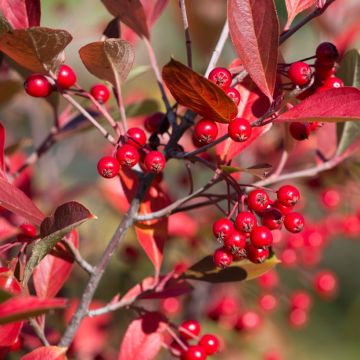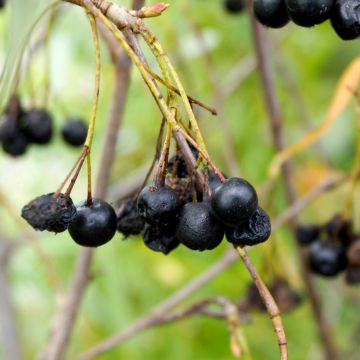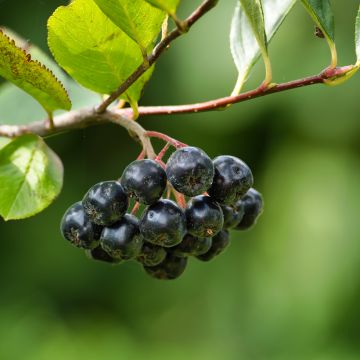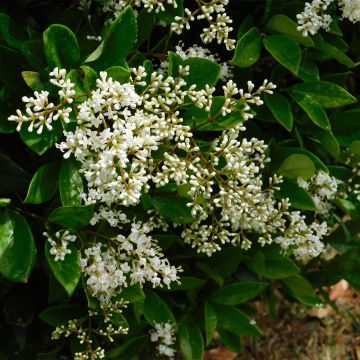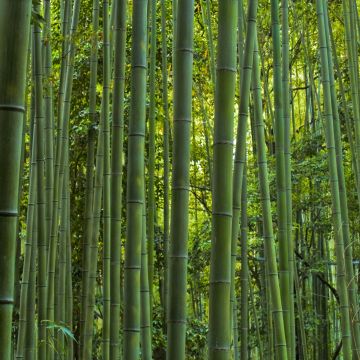

Aronia x prunifolia 'Nero'
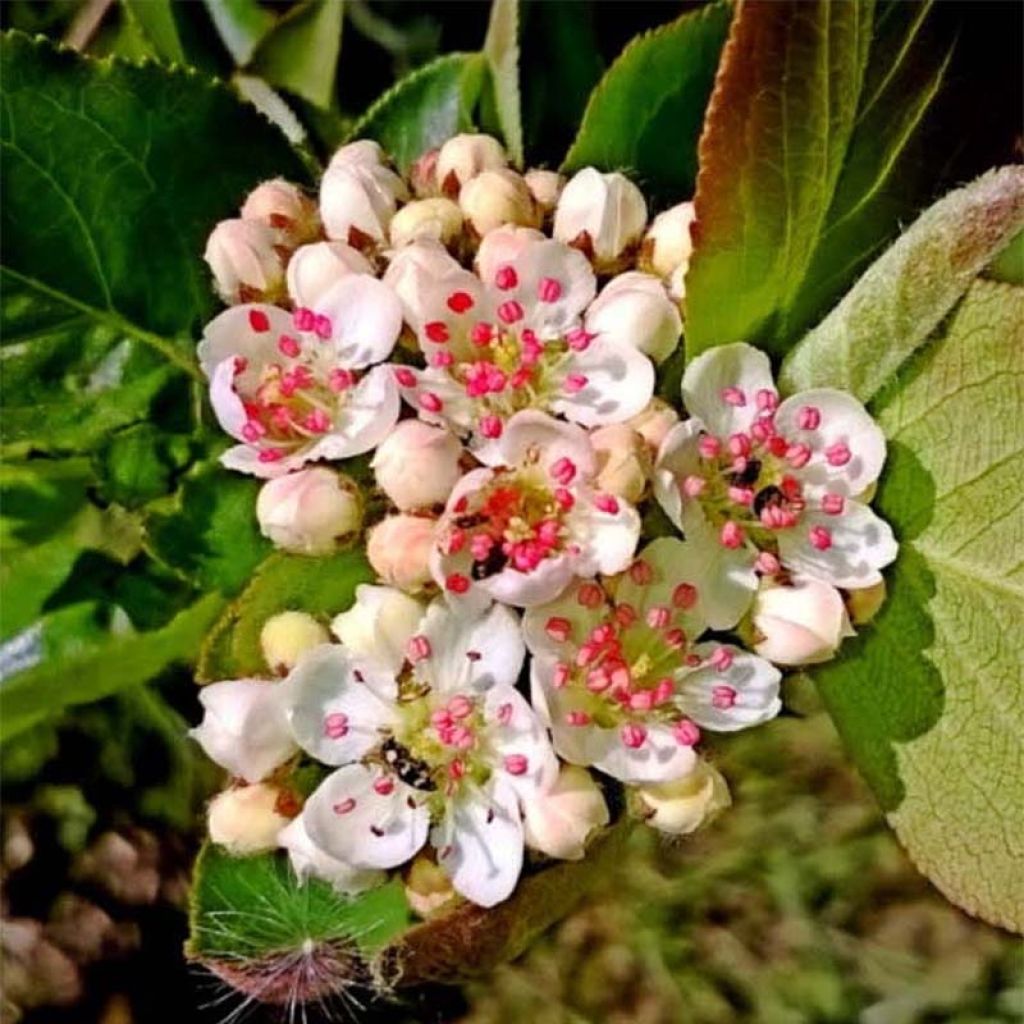

Aronia x prunifolia 'Nero'


Aronia x prunifolia 'Nero'
Aronia x prunifolia 'Nero'
Aronia x prunifolia Nero
Aronie à gros fruits
Very lovely little bush that regrows well.
Fanny, 29/04/2023
Special offer!
Receive a €20 voucher for any order over €90 (excluding delivery costs, credit notes, and plastic-free options)!
1- Add your favorite plants to your cart.
2- Once you have reached €90, confirm your order (you can even choose the delivery date!).
3- As soon as your order is shipped, you will receive an email containing your voucher code, valid for 3 months (90 days).
Your voucher is unique and can only be used once, for any order with a minimum value of €20, excluding delivery costs.
Can be combined with other current offers, non-divisible and non-refundable.
Home or relay delivery (depending on size and destination)
Schedule delivery date,
and select date in basket
This plant carries a 6 months recovery warranty
More information
We guarantee the quality of our plants for a full growing cycle, and will replace at our expense any plant that fails to recover under normal climatic and planting conditions.

Description
Aronia 'Nero' is a variety of hybrid chokeberry selected in Russia for its large fruits and sweeter taste. This bush, whose 'super fruits' are highly consumed in Asia, bears beautiful clusters of berries with high nutritional value, resembling large blueberries or black currants, which are harvested when fully ripe in September-October. Slightly astringent when fresh, they can be used to make delicious jellies, pastries, fruit syrups, or jams. Besides its fruiting, this deciduous bush also offers abundant white and honey-scented flowering in spring and stunning autumn colors. Very hardy, it can be grown in full sun or partial shade, in any deep, preferably non-calcareous soil.
Aronia 'Nero', obtained in the 20th century by the Soviet botanist Vladimirovitch Michurin, has the genes of Aronia melanocarpa, the black-fruited chokeberry, and those of Aronia arbutifolia, the arbutus-leaved chokeberry. It is now extensively planted in Eastern European countries to meet the demand of the Asian market. Native to Canada and the northeastern United States, Aronia plants are very cold-resistant and thrive in cool, slightly acidic soils. Aronia is a distant cousin of roses, plum trees, and blackberries, a member of the vast family of Rosaceae.
'Nero' forms a sparsely branched sucker-forming bush with an open habit, reaching about 1.75m (5ft 8in) in height and 1.25m (4ft) in width, sometimes more depending on growing conditions. It shows rather slow growth in its early years. Its bark is smooth, reddish-brown. It bears alternate, simple, ovate, finely toothed leaves, 4 to 5cm (1.6 to 2in) long, with a satiny dark green colour, which truly flame up in autumn, adopting various shades of orange, copper, crimson red, or violet. In April-May, its white flowers speckled with pale pink, 2cm (0.8 in) in diameter, appear. Gathered in corymbs, they are very numerous, highly fragrant and very honey-scented. They give way to clusters of round fruits, 1.5cm (0.6in) in diameter, green-purple in colour, which become blackish-purple and shiny, while their peduncles turn red. This fruiting, slightly acidic but juicy and rich in antioxidants, lasts quite long into winter if not consumed by birds. 'Nero' is a self-fertile variety: a single plant is sufficient to obtain a plentiful harvest.
Naturally highly resistant to diseases and pests, Aronia is an excellent free-standing hedge bush, both hardy, ornamental, and undemanding. While it can tolerate poor soils, it will only reach its full potential in non-calcareous, cool, deep, slightly acidic soil. It can be planted individually, in a free-standing hedge, countryside hedgerow, or large shrub beds. To achieve a spectacular mass effect, plant it in groups of 3 to 6 plants of the same variety. This 'Nero' chokeberry can be combined in a hedge that is both beautiful and tasty with other small fruit bushes, foliage plants, or flowering plants such as apple trees, plum trees, ornamental cherry trees, male dogwood, hedge honeysuckle, serviceberries, Goumi, anemone trees, May berries, sea buckthorn, Goji, and blueberries. Plenty of options to create vitamin-packed cocktails for the whole family!
Aronia fruits can be consumed fresh, cooked, in jam, or in juice, for example mixed with cranberry juice and apple juice. Chinese pharmacopoeia attributes medicinal properties and beneficial properties for human health to the berries of this fruit variety. The richness in polyphenols, especially anthocyanins, vitamins B and C (three times more than oranges), minerals, and fibres make Aronia berries one of the most interesting small fruits from a nutritional point of view.
Aronia x prunifolia 'Nero' in pictures






Plant habit
Fruit
Flowering
Foliage
Botanical data
Aronia
x prunifolia
Nero
Rosaceae
Aronie à gros fruits
North America
Other Aronia
View all →Planting and care
Aronia 'Nero' is preferably planted in early autumn in a good fertile, non-calcareous garden soil. While it is relatively tolerant, it prefers deep, moist, light and slightly acidic soils. Plant it in a sunny, non-scorching or partially shaded position. In the shade, the colors are duller and the fruiting is less abundant and less tasty. The hardiness of this bush is excellent, even in moist soil. Mulch and water well to help it establish, especially in the first summers. Remove excess suckers that hinder fruiting. Prune the oldest branches at the end of winter. It is naturally resistant to diseases and parasites but can sometimes be susceptible to rust.
Planting period
Intended location
Care
Planting & care advice
-
, onOrder confirmed
Reply from on Promesse de fleurs
Similar products
Haven't found what you were looking for?
Hardiness is the lowest winter temperature a plant can endure without suffering serious damage or even dying. However, hardiness is affected by location (a sheltered area, such as a patio), protection (winter cover) and soil type (hardiness is improved by well-drained soil).

Photo Sharing Terms & Conditions
In order to encourage gardeners to interact and share their experiences, Promesse de fleurs offers various media enabling content to be uploaded onto its Site - in particular via the ‘Photo sharing’ module.
The User agrees to refrain from:
- Posting any content that is illegal, prejudicial, insulting, racist, inciteful to hatred, revisionist, contrary to public decency, that infringes on privacy or on the privacy rights of third parties, in particular the publicity rights of persons and goods, intellectual property rights, or the right to privacy.
- Submitting content on behalf of a third party;
- Impersonate the identity of a third party and/or publish any personal information about a third party;
In general, the User undertakes to refrain from any unethical behaviour.
All Content (in particular text, comments, files, images, photos, videos, creative works, etc.), which may be subject to property or intellectual property rights, image or other private rights, shall remain the property of the User, subject to the limited rights granted by the terms of the licence granted by Promesse de fleurs as stated below. Users are at liberty to publish or not to publish such Content on the Site, notably via the ‘Photo Sharing’ facility, and accept that this Content shall be made public and freely accessible, notably on the Internet.
Users further acknowledge, undertake to have ,and guarantee that they hold all necessary rights and permissions to publish such material on the Site, in particular with regard to the legislation in force pertaining to any privacy, property, intellectual property, image, or contractual rights, or rights of any other nature. By publishing such Content on the Site, Users acknowledge accepting full liability as publishers of the Content within the meaning of the law, and grant Promesse de fleurs, free of charge, an inclusive, worldwide licence for the said Content for the entire duration of its publication, including all reproduction, representation, up/downloading, displaying, performing, transmission, and storage rights.
Users also grant permission for their name to be linked to the Content and accept that this link may not always be made available.
By engaging in posting material, Users consent to their Content becoming automatically accessible on the Internet, in particular on other sites and/or blogs and/or web pages of the Promesse de fleurs site, including in particular social pages and the Promesse de fleurs catalogue.
Users may secure the removal of entrusted content free of charge by issuing a simple request via our contact form.
The flowering period indicated on our website applies to countries and regions located in USDA zone 8 (France, the United Kingdom, Ireland, the Netherlands, etc.)
It will vary according to where you live:
- In zones 9 to 10 (Italy, Spain, Greece, etc.), flowering will occur about 2 to 4 weeks earlier.
- In zones 6 to 7 (Germany, Poland, Slovenia, and lower mountainous regions), flowering will be delayed by 2 to 3 weeks.
- In zone 5 (Central Europe, Scandinavia), blooming will be delayed by 3 to 5 weeks.
In temperate climates, pruning of spring-flowering shrubs (forsythia, spireas, etc.) should be done just after flowering.
Pruning of summer-flowering shrubs (Indian Lilac, Perovskia, etc.) can be done in winter or spring.
In cold regions as well as with frost-sensitive plants, avoid pruning too early when severe frosts may still occur.
The planting period indicated on our website applies to countries and regions located in USDA zone 8 (France, United Kingdom, Ireland, Netherlands).
It will vary according to where you live:
- In Mediterranean zones (Marseille, Madrid, Milan, etc.), autumn and winter are the best planting periods.
- In continental zones (Strasbourg, Munich, Vienna, etc.), delay planting by 2 to 3 weeks in spring and bring it forward by 2 to 4 weeks in autumn.
- In mountainous regions (the Alps, Pyrenees, Carpathians, etc.), it is best to plant in late spring (May-June) or late summer (August-September).
The harvesting period indicated on our website applies to countries and regions in USDA zone 8 (France, England, Ireland, the Netherlands).
In colder areas (Scandinavia, Poland, Austria...) fruit and vegetable harvests are likely to be delayed by 3-4 weeks.
In warmer areas (Italy, Spain, Greece, etc.), harvesting will probably take place earlier, depending on weather conditions.
The sowing periods indicated on our website apply to countries and regions within USDA Zone 8 (France, UK, Ireland, Netherlands).
In colder areas (Scandinavia, Poland, Austria...), delay any outdoor sowing by 3-4 weeks, or sow under glass.
In warmer climes (Italy, Spain, Greece, etc.), bring outdoor sowing forward by a few weeks.































